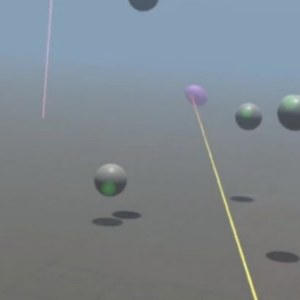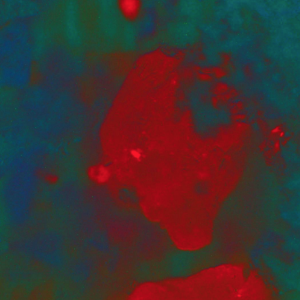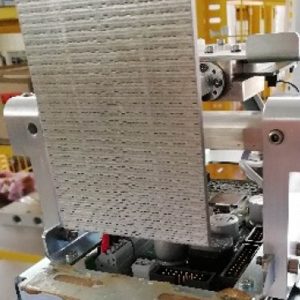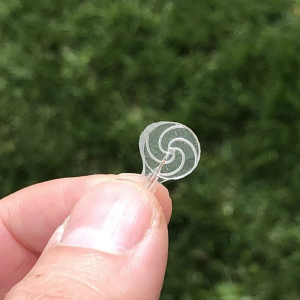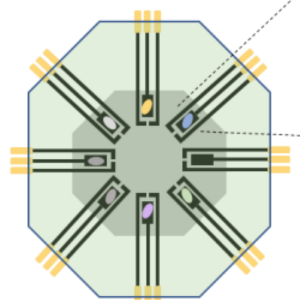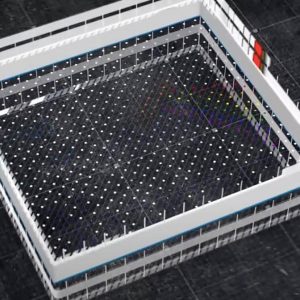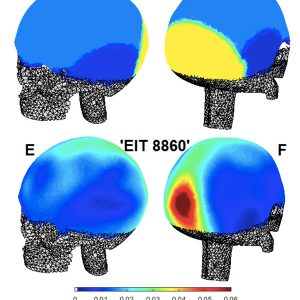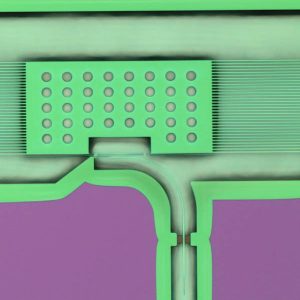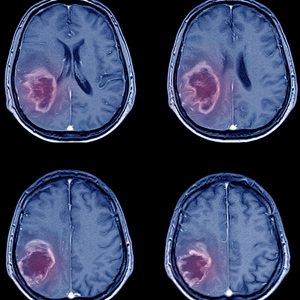In the science fiction movie Fantastic Voyage, the PROTEUS is a submarine that is miniaturised with all its crew to “about the size of a microbe” and sent into the body of a scientist to remove a blood clot from his brain. Although miniaturisation of a human body is clearly impossible, the dream of “touching” single cells has...
This website uses cookies so that we can provide you with the best user experience possible. Cookie information is stored in your browser and performs functions such as recognising you when you return to our website and helping our team to understand which sections of the website you find most interesting and useful.

